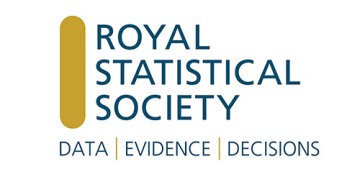POSTPONED: eDNA: Challenges and Opportunities
Date: No date given
Environmental DNA (eDNA) is an increasingly popular survey tool for monitoring species distribution. eDNA surveys have been used with a wide variety of species in different landscapes and there is growing evidence that they suffer from lower observation error than existing methods relying on direct observation of the target species.
From detecting single species using quantitative PCR, to studying whole communities using metabarcoding, eDNA is showing great promise in helping us understand species distributions and community compositions.
However, we are yet to fully understand the properties of eDNA, and hence are only beginning to appreciate the opportunities that eDNA surveys bring or the challenges that we need to overcome in the field, in the lab or in implementing eDNA surveys into policy.
This meeting brings together researchers who are leading in the development of new statistical methods for analysing eDNA data, in evaluating the use of eDNA surveys with different species and landscapes, or in embedding eDNA techniques into national or international policy.
Speakers and talks:
Naomi Ewald, FreshWater Habitats Trust: “Analysis of eDNA data to inform conservation priorities: case studies of long term species monitoring and short term before-after surveys”
Francesco Ficetola, University of Milan: “Environmental DNA to track long-term changes of mountain ecosystem”
Jim Griffin, University College London: “Modelling environmental DNA data; Bayesian variable selection accounting for false positive and false negative errors”
Kerry Walsh, Environment Agency: “Challenges and opportunities: A regulator’s perspective”
Doug Yu, University of East Anglia: “Managing wildlife with eDNA data: salmon, leeches, insects, and forests”
Keywords: HDRUK
Venue: The Royal Statistical Society
City: London
Country: United Kingdom
Postcode: EC1Y 8LX
Organizer: Royal Statistical Society
Event types:
- Workshops and courses
Activity log

